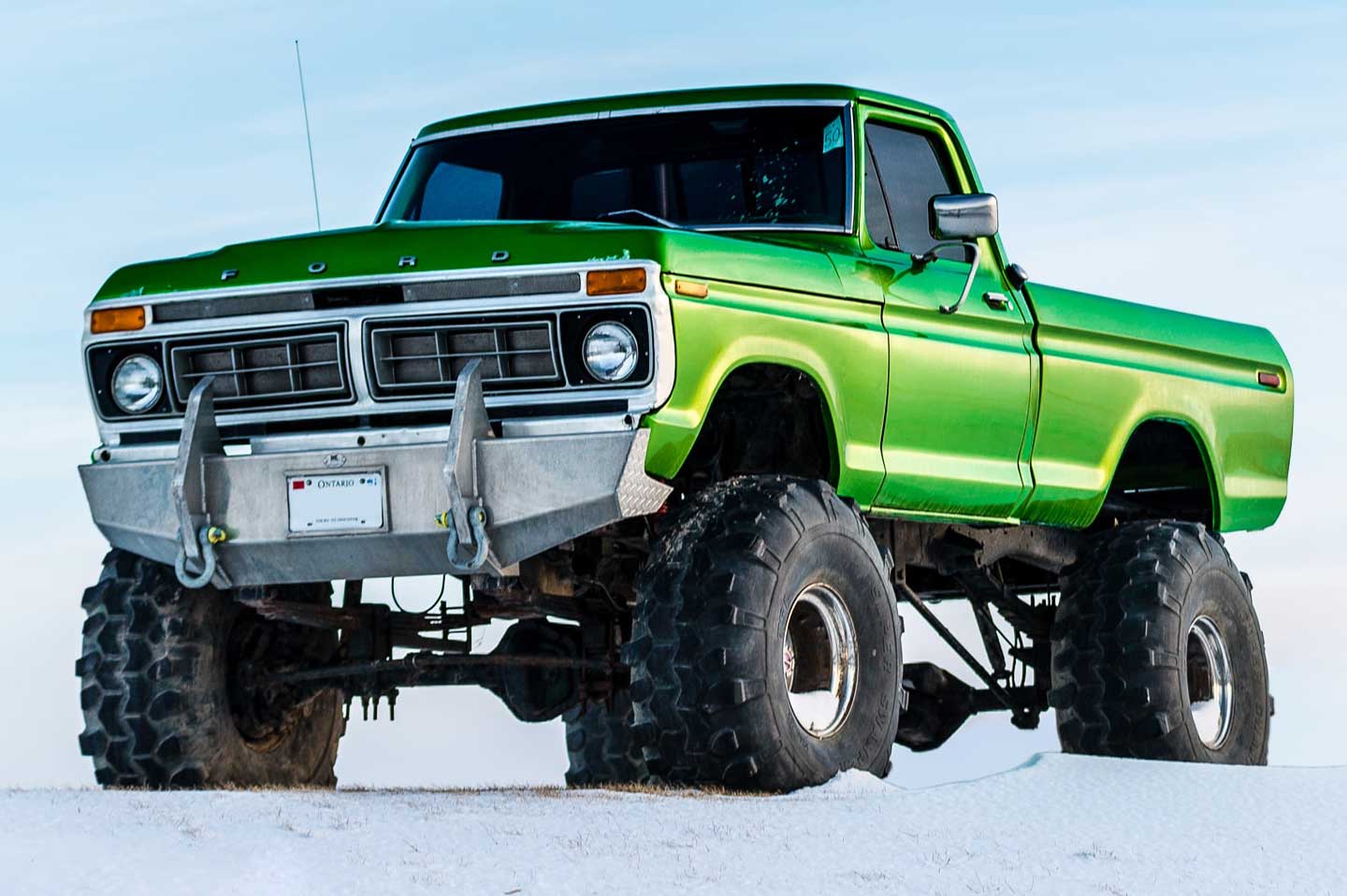
Overall Rating: 
To test the Ferrari LaFerrari, we traveled to Italy to the storied marque’s personal track, Fiorano. Ferrari’s offer was this: We could either test there—or not at all. We chose to test.
The Fiorano circuit is nearly two miles long, a thirteen-turn rollercoaster built on what was once Italian farmland. Our usual testing venues, where we gather our zero-to-60-mph times, quarter-mile acceleration, braking figures, and grip numbers are nothing like racetracks. Putting a car through our battery of tests calls for a long, flat straight, usually one more than a mile in length, as well as a 300-foot skidpad to assess lateral acceleration.
But even when we test at our locations, Ferrari doesn’t just let us jump into its cars and test them. An engineer watches the proceedings and provides an often-valuable briefing on the subsystems of the car, and mechanics are there to swap out tires if necessary. When asked why all the bother, Ferrari says it wants the test to go smoothly and being there ensures that any problems that arise can be hammered out that day. Every modern Ferrari we’ve tested with the factory’s knowledge also had the automaker’s own test equipment inside the car to record what we’re doing and, as they tell us, as a backup should our own test equipment fail. We find this “generosity” completely unnecessary, however, and, aside from a recent McLaren 650S test, no other manufacturer proctors our normal battery of tests, and we test more than 200 cars per year.
The Results: Apply an Asterisk as You Deem Fit
0 to 60 mph: 2.5 sec
0 to 100 mph: 4.8 sec
0 to 150 mph: 9.8 sec
Standing ¼-mile: 9.8 sec @ 150 mph
Full disclosure: The Fiorano track introduces major limitations to our usual testing procedures. The straight has a slight kink in it as you pass under a bridge, and there’s not much space to accelerate beyond the quarter-mile. C/D procedure calls for running in two directions to offset any potential elevation changes and the effects of wind. Fiorano’s straight is ever so slightly downhill, but at least there was little to no wind on our test day. Ordinarily, we’d either reject the testing venue or we’d run in both directions and average the results. Running the straight in two directions is impossible, according to Ferrari, and reversing the FIA-approved racetrack would apparently poke the bureaucratic monster that rules over Italy. Or we might hit the bridge. Either way, that wasn’t happening. So we were unable to average our best runs in each direction and have to use the best in one direction here. The results, we must note, are uncorrected for ambient conditions, meaning they’re representative of what the LaFerrari did on this particular day. It’s the same policy we applied to our 2003 test of the Enzo, and, in any event, the weather correction wouldn’t have affected the LaFerrari numbers much at all.







